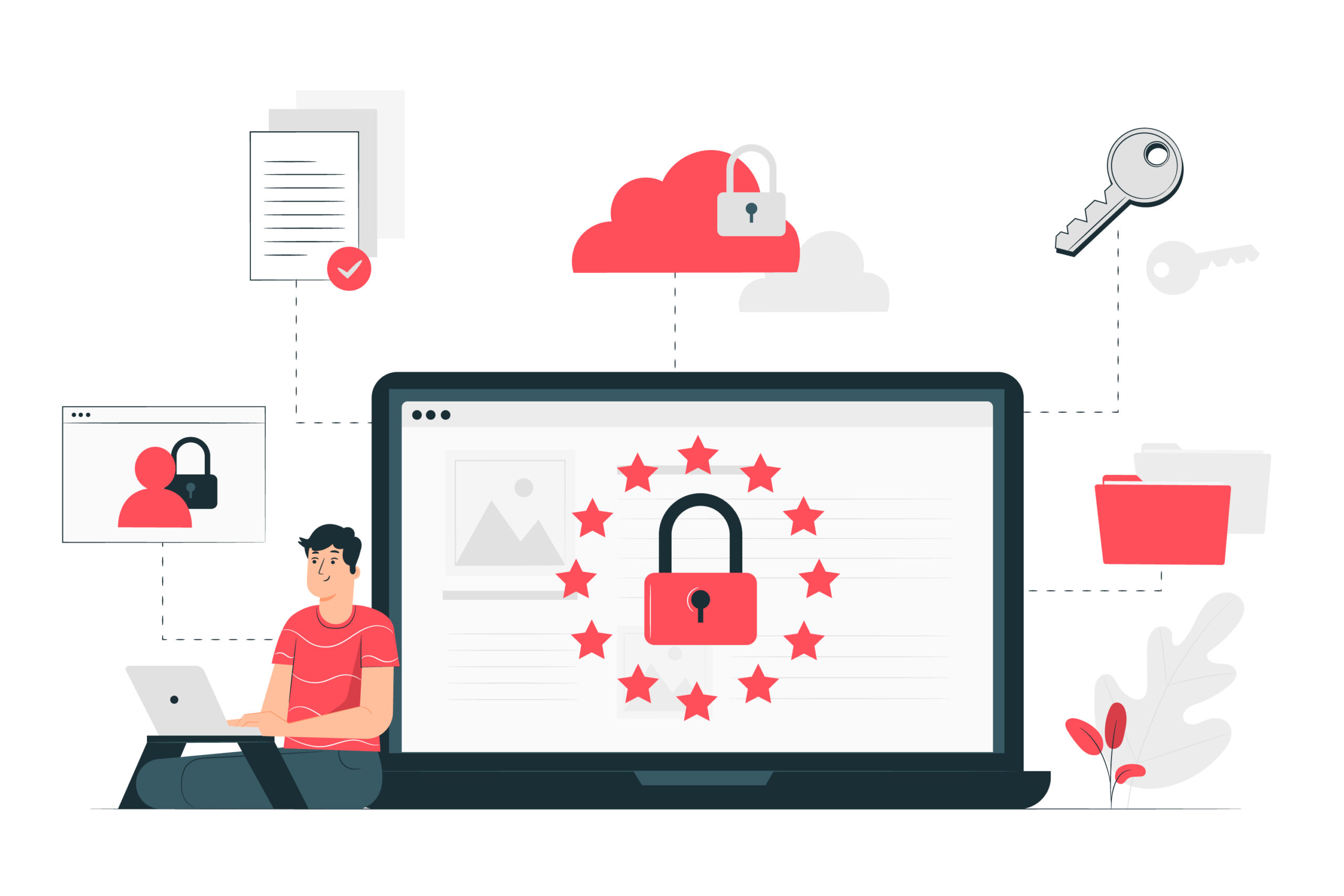Incident Response
SOC 24/7 Support
SOC (Security Operations Center) 24/7 support refers to the continuous and around-the-clock monitoring, detection, and response to security incidents by a dedicated team within a SOC. The primary goal of SOC 24/7 support is to enhance an organization's cybersecurity posture by identifying and mitigating security threats in real-time. Here's an overview of the key aspects of SOC 24/7 support
Continuous Monitoring
Threat Detection
Use security information and event management (SIEM) tools and technologies to detect and analyze potential security threats in real-time.
Employ intrusion detection and prevention systems (IDS/IPS) to identify and respond to malicious activities.


Incident Response
Develop and implement incident response plans to ensure a swift and effective response to security incidents.
Investigate and contain security incidents promptly to minimize the impact on the organization.

Threat Detection
Use security information and event management (SIEM) tools and technologies to detect and analyze potential security threats in real-time.
Employ intrusion detection and prevention systems (IDS/IPS) to identify and respond to malicious activities.

Incident Response
Develop and implement incident response plans to ensure a swift and effective response to security incidents.
Investigate and contain security incidents promptly to minimize the impact on the organization.
Vulnerability Management
Vulnerability management is a proactive approach to identifying, evaluating, prioritizing, and mitigating security vulnerabilities in an organization's systems, applications, and network infrastructure. The goal is to reduce the overall risk of a security breach by addressing vulnerabilities before they can be exploited. Here is an overview of the key components and best practices for vulnerability management
EndPoint Security
Endpoint security refers to the protection of individual devices, or endpoints, such as computers, laptops, mobile devices, and servers, from various security threats. The goal of endpoint security is to secure the endpoint devices and the data they store or access, while also preventing unauthorized access and potential breaches. Here are key components and best practices for implementing effective endpoint security









